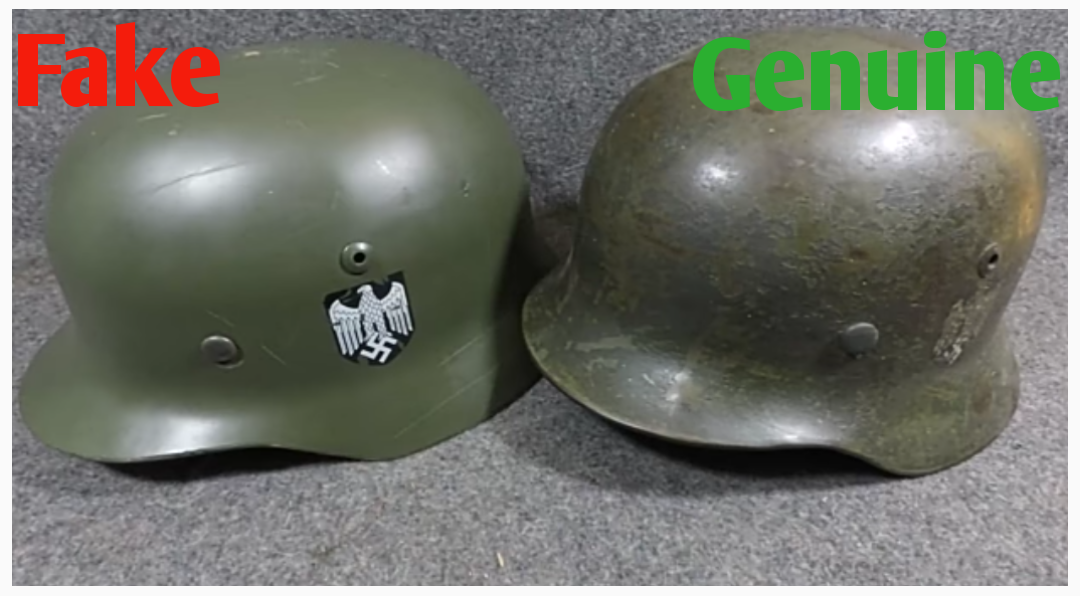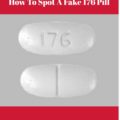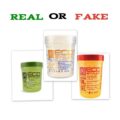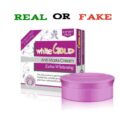World War II, also known as the Second World War, was a global war that lasted from 1939 to 1945. The vast majority of the world’s countries—including all the great powers—eventually formed two opposing military alliances: the Allies and the Axis. Among the causes of World War II were, to a greater extent, the political takeover in 1933 of Germany by Adolf Hitler and his Nazi Party and its aggressive foreign policy, and to a lesser extent, Italian Fascism in the 1920s, and Japanese militarism preceding an invasion of China in the 1930s.
World War II was fought between two groups of countries. On one side were the Axis Powers, including Germany, Italy and Japan. On the other side were the Allies. They included Britain, France, Australia, Canada, New Zealand, India, the Soviet Union, China and the United States of America.
The German helmet is one of the most iconic symbols of the German soldier in World War II. Its distinctive shape evokes the terror and fear the German soldiers created during this difficult time, but also represents a technically advanced military design. The World War II German helmet was produced from 1935 to 1945 and it’s estimated that approximately 25 million were made. During this time, there were 5 manufacturers of these helmets. If you intend to buy a German helmet from an on-line auction, be very careful and ask the right questions. If the seller sends you fuzzy pictures or seems apprehensive to answer questions, do not bid. A very high percentage of German helmets listed at on-line auctions are fakes or have at least been tampered with. You can get lucky and find good German helmets at an on-line auction. Collectors usually know the good ones when they come up and they usually they command a high price. On the flip side, if a deal seems to good to be true, then most likely you are dealing with a reproduction. Over 95% of helmets with fake decals have decals that are too graphically flawed.
How To Spot A Fake German Helmet
In our spot a fake series, we have decided to help collectors fish out scams and fake helmet sellers, that are hell bent on swindling you of your hard earned cash. Here is how to spot a fake German helmet:
Fake German helmet has a paint smell.
A regular paint smell could last for up to a month. On the extreme side, the average time for a smell to completely dissipate is about 14-24 weeks. Original WW II German helmets have an old smell a 60+ year-old paint does not smell at all. It is hard to describe but once you have handled a number of originals, you’ll know the smell.
Fake German helmets are too new and clean.
Fake German helmets exhibit a very distinctive metallic look. An original decal normally will show the same texture as the helmet as they were very thin, and snuggled into the surface. The original Heer, Waffen SS, and Kriegsmarine decals are either lacquer or water slide. Fraud artists will try to age a decal, but usually you can tell the difference.
Fake German helmets have red rust that rubs off easily
Rusting is essentially a process of oxidation in which iron combines with water and oxygen to form rust, the reddish-brown crust that forms on the surface of the iron. Virtually all original German Helmets will show some rust somewhere, but the rust will typically be smooth and brown. If the red rust that rubs off easily you are most likely handling a helmet that has been artificially aged. The way the process works is that the crooks take original shells, re-paint them, rough up the surface with a fine grit sandpaper, then leave the helmet in the rain or even bury it in the ground for a while.
Fake German helmets have liners that smells like leather
A helmet liner is a soft or padded lining for a helmet. designed to be worn under a steel helmet for protection. Beware of any liner that smells like leather, 65 year old leather doesn’t smell. The original M1931 liners typically exhibit some type of age whether they are cracked or worn. Some original liners can be close to mint but they will still exhibit the correct original construction and markings.
The Price Fake German helmets gives a hint
If the price of a German World War II helmet online is too good to be true then it is too good to be an original. Although many crooks have learnt to price their fake products at par with originals, most times the fake helmets are offered at ridiculously low prices to lure unsuspecting buyers.
Fake German helmets have Chin Straps that Mimics originals smell and texture
Reproduction Chin Straps can also very tricky to spot. These fake chin straps are often aged using a chemical process, this causes the new leather to feel very hard and have an odor. Like we have said earlier a 60-70 year-old leather from World War II does not smell, anything else is normally indicative of a reproduction.
http://www.walhalla.se/forum/76-original-decals-chinstraps-and-lotnumber-database/
http://zline.eu/forum/index.php?showtopic=1661&st=0
http://www.wehrmacht-awards.com/forums/index.php .






